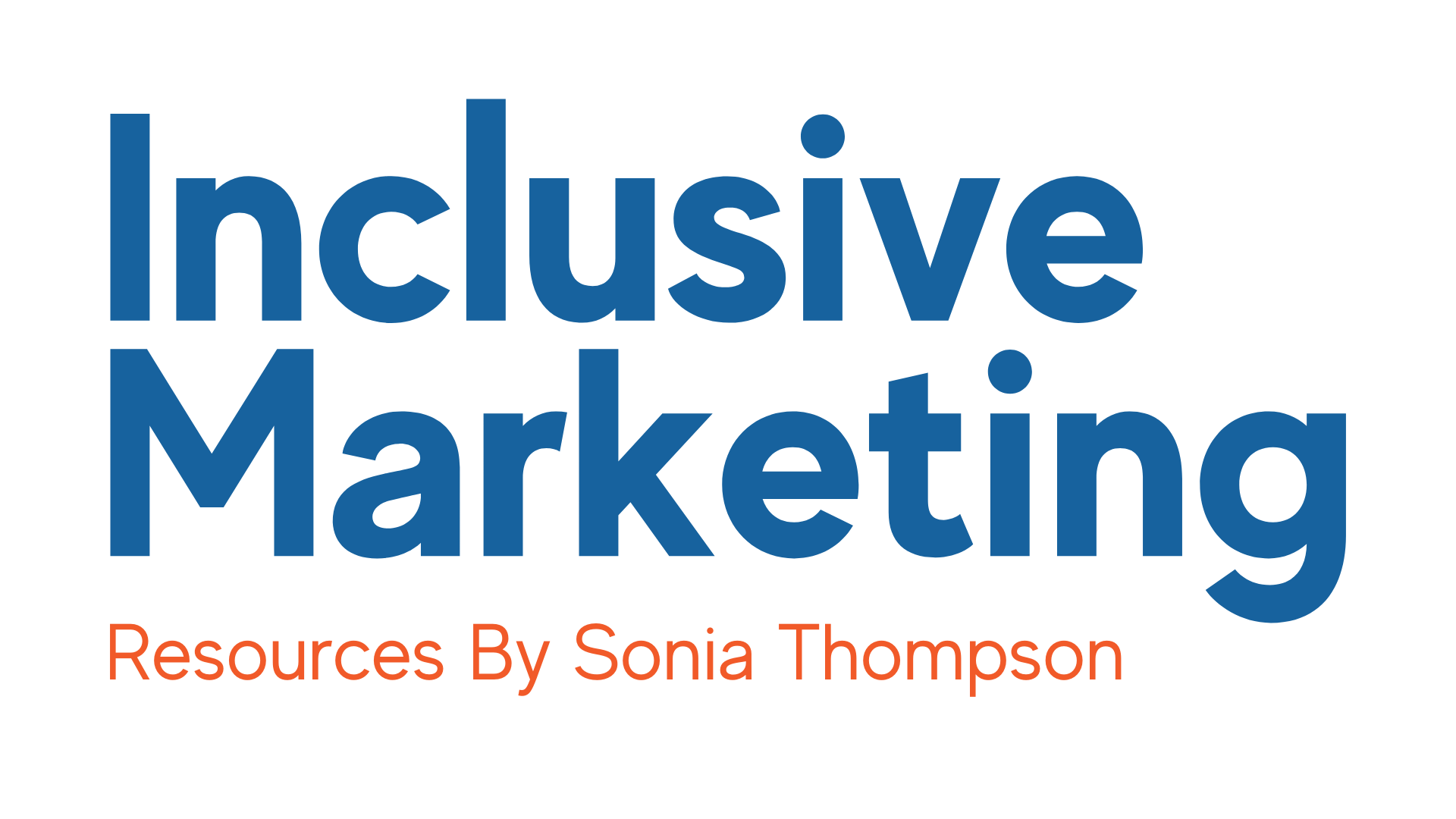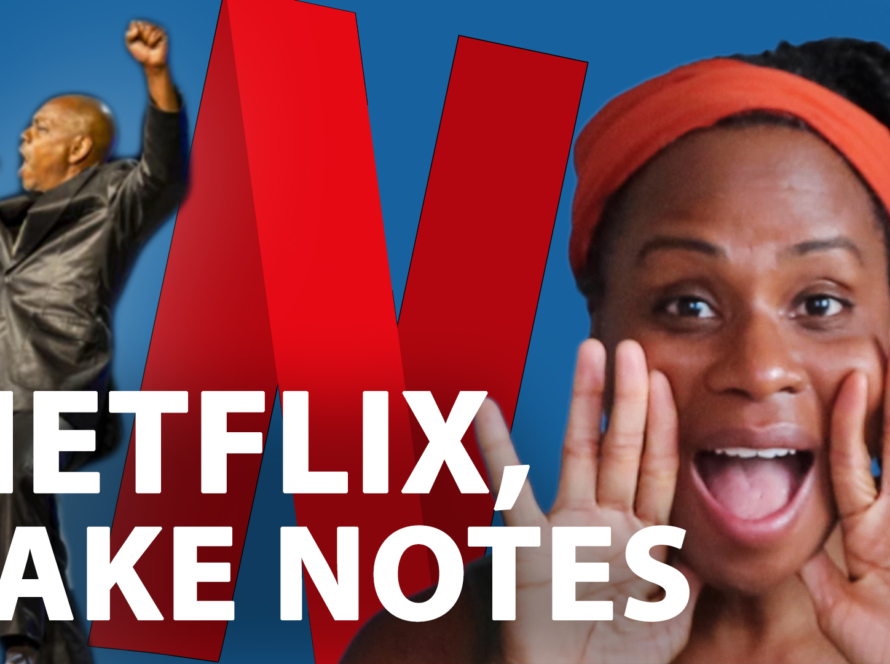One thing I’ve heard quite a bit, as I’ve engaged with people who are working hard trying to build diverse teams and trying to win diverse customers is that they’re really nervous about tokenism. They know what it is, they know they want to avoid it, but they really just aren’t sure how to do it. That’s where I come in. Today, I’m going to go through all the ins and outs of tokenism and how to make sure that you don’t engage in it with your brand.
What is Tokenism?
I have a little story for you. When I was little, I used to play with Barbie dolls. I had a ton of Barbies and I loved spending time in my room just kind of locked away playing for hours and hours, but most of my dolls were white. At some point my mom was like, “Okay, we need to switch this up.” So when a black Barbie came out, she bought me the black Barbie doll. But guess what? I rarely, if ever, played with that black doll. She always just seemed to get left on the side. I have no idea what I was thinking at that young age, but I do know that black Barbie doll never got the full playing time or the storylines in my youth that she should have. That black doll was a token.
According to the dictionary, tokenism is the practice of making only a perfunctory or symbolic effort to do a particular thing, especially by recruiting a small number of people from underrepresented groups in order to give the appearance of sexual or racial equality within the workforce.
So like my one black Barbie when I was a little kid, tokenism amounts to hiring one black person, one person of color, one woman, one person who’s from the LGBTQ+ community, one person who has some form of disability or the list goes on and on and on. One person from a community, hiring them, bringing them on your team and thinking, “Hey, we’ve checked the box. We’re done with it as it comes to diversity.” One and done is just not going to cut it when it comes to building a team where everyone feels like they belong.
How Tokenism is Harmful
I like to think that if somebody is concerned about tokenism, they want to make sure that they’re not engaging in it. That’s a pretty good sign that they won’t just because they want to make sure that they’re getting it right when it comes to diversifying their teams. To be clear, I want to make sure that you know tokenism is harmful. We definitely want to avoid it at all costs. Here’s why.
Tokenism makes people feel used
If the company really isn’t interested in diversity and they just want to bring one person on to check the box, then they’re not really interested in the well-being of a particular team member that they’re bringing on. Or they’re not really interested in them advancing in the company or the value that they can bring. They’re just bringing them on so that they can say they’re more diverse or maybe to get some people off their back. And that’s not really a good reason to do it.
Making people feel like they belong and building a diverse team that brings all the benefits of having a team with different backgrounds and experiences won’t come if you’re just bringing somebody on just so you can shut naysayers up. It doesn’t feel good on the other end of it whenever people just feel like you’re hiring them so that you can say that you’ve done a good thing, not because you actually value them. It kind of makes it feel like any black person would do, any person of color would do, any woman would do versus their specific experiences being the ones that are highly desirable to help the brand move forward.
The Token doesn’t get the same respect as others
A second reason why tokenism is so harmful is because the person rarely gets the respect they deserve. Again, if people are hiring a person just to check a diversity box that they feel they need to check, then the other people on the team are often going to feel like this person hasn’t earned the right to be there. Now, in many instances, people, unfortunately wrongfully assume that people are “diversity hires.” That’s another rant for another day or people who are brought in for diversity purposes don’t have the qualifications needed, that they’re brought in purely to forward diversity.
So what happens? The person is treated like an outcast. People don’t give them the information that they need. They don’t give them the chances that they need. They treat them sort of bad and keep them separate from the team. They don’t fully trust them. They don’t give them the projects and the work they deserve. They just give them a hard time making it so that it’s very difficult or almost impossible to feel like they belong. It’s not a good environment to be in. In fact, it can be quite the toxic one.
So don’t put anybody in that position that you bring on your team, especially somebody who is different from others on the team. Don’t put them in that uncomfortable position of having to try to fight to prove themself or have to start from a position where the other people are already looking down on them because of what they think the reasons were behind that person being hired.
Tokenism can make that person feel alone
Another reason why tokenism is harmful is because it can be quite difficult to be the only or one of a few people in the room. Being different can be hard and a lot of times people are uncomfortable when it comes to being the only person who’s like them. They get to a position where they’re not really sure if they can speak up. They’re not sure if they have the psychological safety, they might be unsure whether they can bring their full selves to work. There are a lot of issues that come hand in hand with being the only. And as a result of that talent, that’s brought in and they’re just one of one or one of two or one of very few, they often don’t stay very long. And that’s exactly what you don’t want.
Tokenism can place unwanted pressure on the person
And another reason why tokenism can be harmful is that it puts undue pressure on that person you hire to be the face or the saving grace of the entire group that they belong to. So if you bring one black person on your team, I’ve seen this happen where the performance of that one black person determines the fate of every other black person who potentially could come on the team.
If that person does well, then, “Okay, yeah, maybe that’s permission we can bring some other people on.” If heaven forbid that person doesn’t do so well, or their performance isn’t rock star stellar, I’ve seen it where brands and companies have penalized an entire race of people because they felt like, “Oh, hey, Sonia didn’t work out so well. We tried black people and it didn’t work out. They didn’t fit in so well here. We’re going to go back to what we’ve always been doing.” No bueno, no bueno, no bueno at all.
How to Avoid Tokenism
We know tokenism isn’t a great thing to do so how do we avoid it? Let’s walk through three ways that you can do that.
Establish a vision of the makeup of your team
First up is to build a plan or establish a vision for what you want the makeup of your team to look like. A good rule of thumb is to have your team be representative of the population of the people that you want to serve.
So sometimes people will actually go and look at census data and say, “Hey, we want our workforce to be reflective of the census population.” And then they can go ahead and start to build plans based upon that. You can say, “Hey, we want 50% of our workforce to be women or we want 30% of our workforce to be people who are black, indigenous or another person of color.” We can say that we want 30% of our workforce to be working moms. We can say that we want 10% of our workforce to be part of the LGBT+ community.
Whatever it is, unless you declare specifically what your goals are and what the vision of what you want makeup of your teams to look like and why, of course, then it will make it very difficult for you to be in a position for you to not only attract people who have various theories of different backgrounds, but to keep them there on your team and to make sure that you’re able to make them feel like they belong while they are there.
Set Goals and Metrics
The next thing you should do is put actual goals and metrics in place that will help you achieve it. So it’s one thing to say we want 50% of our workforce to be women. It’s another thing to actually build a strategic plan to help you get there so you can close whatever gaps exist from what you’re currently doing. And so doing that might mean that you need to set a timeframe by 2025, by 2030, we will achieve X, Y or Z as it relates to our workforce.
It might mean that you have to make some changes to your recruitment process. It might mean that you need to make some changes to your onboarding and employee retention process to make sure that you’re not only attracting diverse talent, but you’re keeping it there. And you’ve got all the right environment in place to allow them to thrive. But it also might mean that you need to just revamp your overall culture to ensure that you’ve got an environment that is conducive to allow diverse talent to come in and be supportive, and integrate and to help move your business forward in whatever way. So once you set a vision, next you got to get to work putting a plan in place for how you will achieve the goal and of course, the win.
Build a culture where hiring diverse talent is the norm
A third thing that you can do to make sure that you are avoiding tokenism is you can build a culture where hiring diverse talent is the norm, rather than the exception. When I worked my corporate job, there were some guidelines in place that whenever they were doing interviews for various positions, they needed to make sure that there was at least one person who came from an underrepresented or underserved community on the interview slate. Because they were thinking that would help them to get to a place to where they would have more diverse talent in the pipeline and they’d be more likely to get a position if they were at least going to be considered.
But taking this kind of approach makes the diverse candidates getting the position an exception. It makes it something that will happen every now and then, rather than the norm. These guidelines and these policies that require people leaders and hiring managers to have a certain number of diverse candidates on their docket exist purely because their company hasn’t done the best job of hiring diverse talent in the past. It isn’t their norm yet.
So once you get to a position where you constantly have a pipeline of diverse talent, you know where to go. You’ve got people interviewing on a regular basis. You’re hiring people on a regular basis. You’re retaining people and promoting people and advancing people and grooming people on a regular basis from diverse communities and talents. That’s when it becomes a part of your culture and that’s where you don’t have to do things that make it feel like you are going to be putting somebody in place who is a token one person or two person who isn’t like everybody else to meet whatever specific diversity goals that you have.
Once you make diversity, equity, inclusion, and belonging part of your culture and it shows up in your hiring practices on a regular basis without you having to have very specific and rigid policies in place, then you know that tokenism is something that is so far from the realm of your vocabulary that you are well on your way to building an inclusive brand.
I want to know what your experience with tokenism is. Let me know in the comments below where you’ve seen it and how it’s played out, both for the people who were brought in as token diversity hires, as well as for the people who work with them. I want to hear all the details. Drop it in the comments below.




